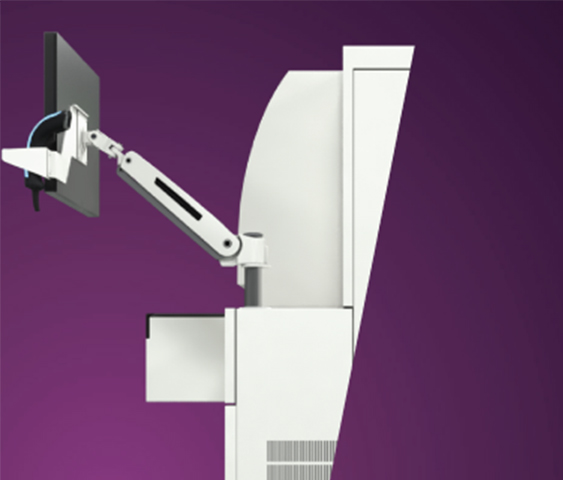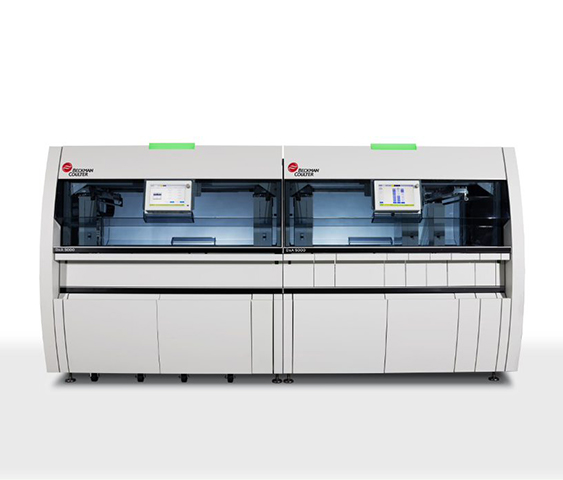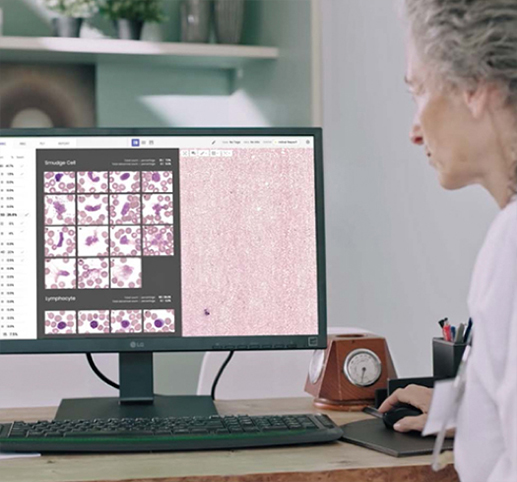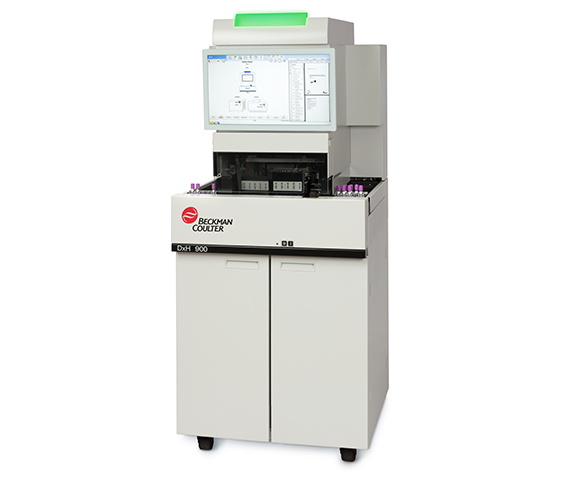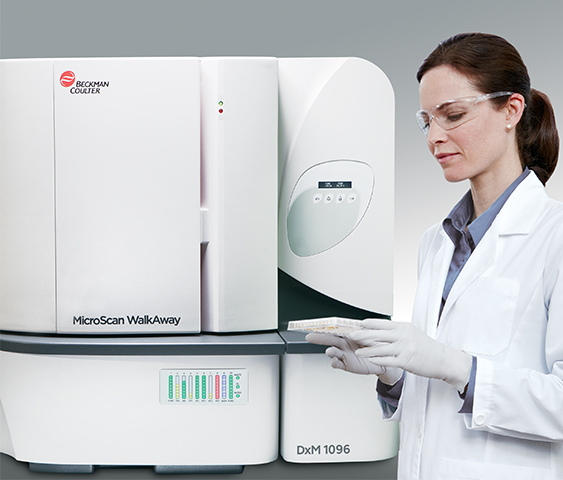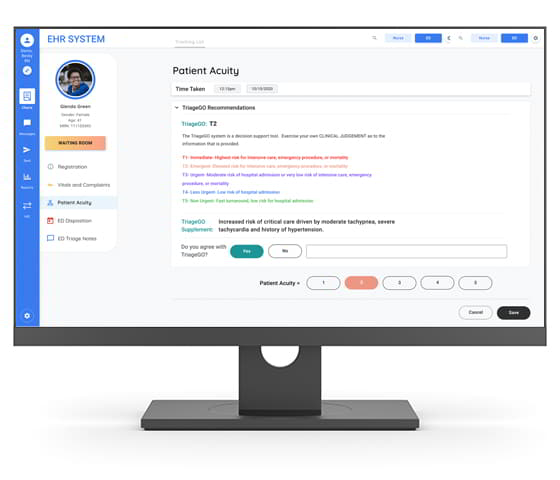Innovation that Reimagines Healthcare
With lab constraints and staffing resources at a low, we joined you in the pursuit to optimize and streamline operations in your laboratory with innovative solutions that improve workflow and positively impact patient care. Highlights from our booth activities included:
- The new DxI 9000 Access Immunoassay Analyzer, designed to create time for you to focus on what matters most
- Scalable automation solutions for labs of all sizes to help maximize productivity and improve lab workflow
- Hematology solutions that significantly reduce manual labor with full-field imaging, AI decision support, and remote viewing
Review Posters from 2023 AACC
Abstract Title: Unlocking the complete blood count: Derivation of a single-panel laboratory test that includes monocyte distribution width to create a universal sepsis screening tool
Abstract Title: A fully automated HbA1c Assay on the DxC 500 AU Clinical Chemistry Analyser
Abstract Title: Multicenter Assessment of the Accuracy of MIC Results for Piperacillin/Tazobactam with MicroScan Dried Gram-negative MIC Panels using CLSI Breakpoints
Abstract Title: Validation of Cefepime-Taniborbactam MIC Antimicrobial Susceptibility Test for MicroScan Dried Gram-Negative MIC Panels from a Multicenter Assessment of Enterobacterales and Pseudomonas aeruginosa
Abstract Title: Performance evaluation of five Sentinel Diagnostics’ assays on Beckman Coulter DxC 500 AU Clinical Chemistry Analyzer
Abstract Title: An Evaluation of the Analytical Performance of the New Beckman Coulter DxC 500 AU Clinical Chemistry System
Abstract Title: Beckman Coulter’s DxC 500 AU Clinical Chemistry Analyzer, assessed by Six Sigma metrics, meets and exceeds the demands of CLIA 2024 performance specifications
Abstract Title: Comparison of the LZI Fentanyl Enzyme Immunoassay with ARKII and SEFRIA Fentanyl Assays on Beckman AU Analyzer
Stay Up to Date with Our E-newsletter
Sign up to receive news, product updates, and more from
Beckman Coulter.
See you at 2024 AACC!
 English
English


